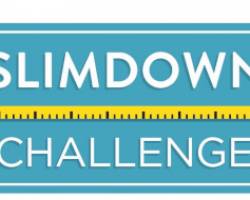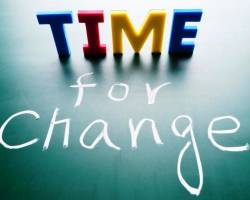ITG Diet Blog
The ITG Diet blog delivers informative weight loss tips, health resources and nutritional information to help you along your weight loss journey.
Hunger: Is It Emotional or Physical?
- Font size: Larger Smaller
- Hits: 3208
- 0 Comments
 We eat when we're happy. We eat when we're stressed, sad, bored, or lonely, We often eat more than our body actually needs.
We eat when we're happy. We eat when we're stressed, sad, bored, or lonely, We often eat more than our body actually needs.
In the past few decades, our food tastes and habits have been changing. We used to eat due to hunger and for our energy needs. These days, we eat for pleasurable experiences, and those foods are densely packed with sugar, salt, and fat. Plus, everything is readily available any time of day or night at stores and drive-thrus.
Rewarding ourselves with delicious food is not necessarily a bad thing when done in moderation. However, when we allow emotions to take over and control the reward response to the foods we eat, an endless cycle of reward-guilt-reward can begin and cause weight gain over time.
What are the differences between emotional hunger and physical hunger, Sometimes our brains and our stomachs get confused.
Emotional Hunger
- Comes on suddenly
- Causes cravings for specific foods
- Leads to mindless eating
- Isn't satisfied when we're full
- Doesn't come from the stomach
- Leads to shame, regret, and guilt
Physical Hunger
- Comes on gradually
- Empty feeling in the stomach/growling
- Hunger can wait
- Even healthy food sounds appetizing
- Stops when you're full
- Doesn't make you feel guilty
Using a Food & Mood Journal
The first step to breaking the cycle of emotional eating is to find out the "why" factor behind your eating habits. Using a Food & Mood Journal can help you narrow down the reasons for overeating, binge eating, and mindless eating. It's a simple exercise that helps track the days, time of day, hunger levels, and emotions you were feeling before, during and after eating or drinking. Were you emotionally hungry or physically hungry? What emotions were you experiencing when a particular craving set in? What emotions did you feel after you ate or drank?
Once you take this step, you will see a a pattern emerge in your journal that can give you insight as to where that hunger is actually coming from. It could be out of boredom, habit, sadness, depression, even happiness. By recognizing the feelings you are experiencing, you can being to overcome those emotions, urges and cravings by making some simple changes in your daily routine. It may be as simple as switching mealtimes throughout the day or adding healthy snack options between your meals. You might also find that keeping your mind and your hands busy will take your thoughts off of eating as a coping mechanism for emotions or moods you're dealing with.
For a copy of the ITG Food & Mood Journal, get in touch with your Coach who can help you utilize it each week as you work on your health and weight loss goals.











